In the mid-1950s, a television phenomenon swept across America, captivating the hearts of millions of children, and becoming an indelible part of pop culture history. The Mickey Mouse Club, premiered by Walt Disney on ABC on October 3, 1955, introduced the world to the Mouseketeers, a diverse group of talented children who would become the show’s beating heart and enduring icons of post-war America’s newfound prosperity and optimism.
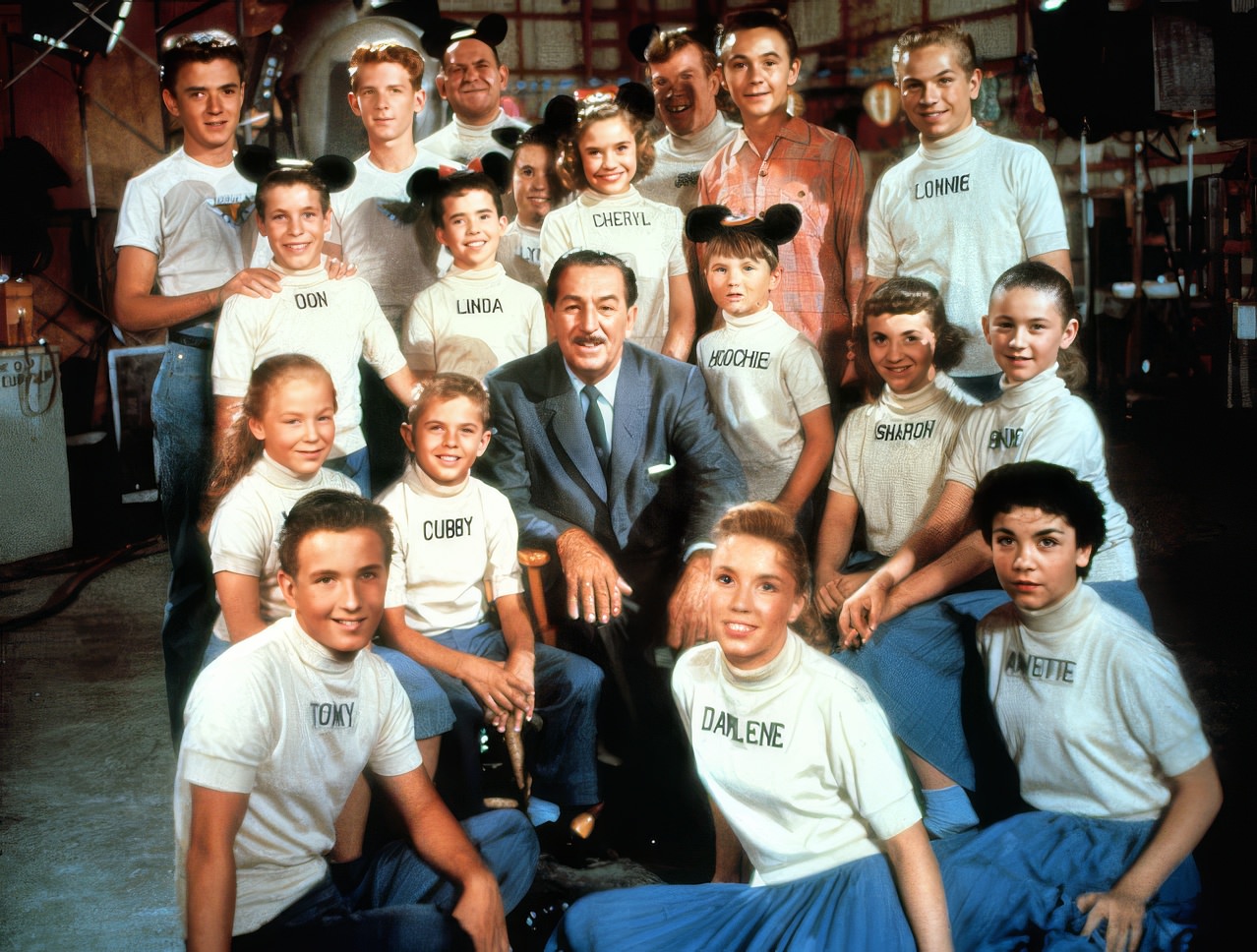
The Genesis of The Mickey Mouse Club
Disney’s second network television venture, after the success of Disneyland, was inspired by the live Mouse Clubs that entertained moviegoers between 1929 and 1933. The television adaptation sought to recapture the magic of those early clubs, bringing together a cast of mostly non-professional California kids, selected for their various talents and charm. These children, known as the Mouseketeers, were the core around which the show was produced, each bringing their unique personalities and skills to the fore.
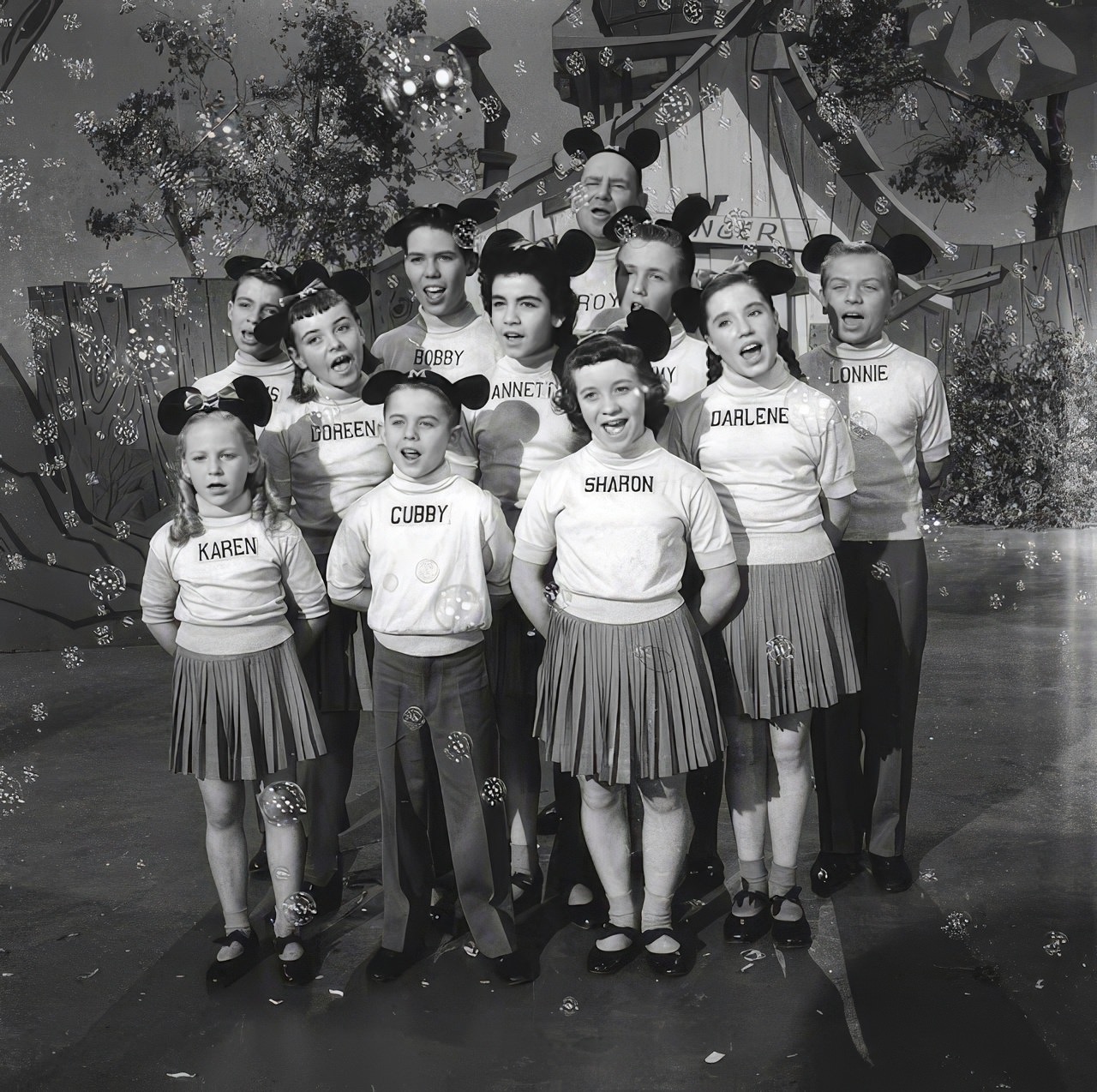
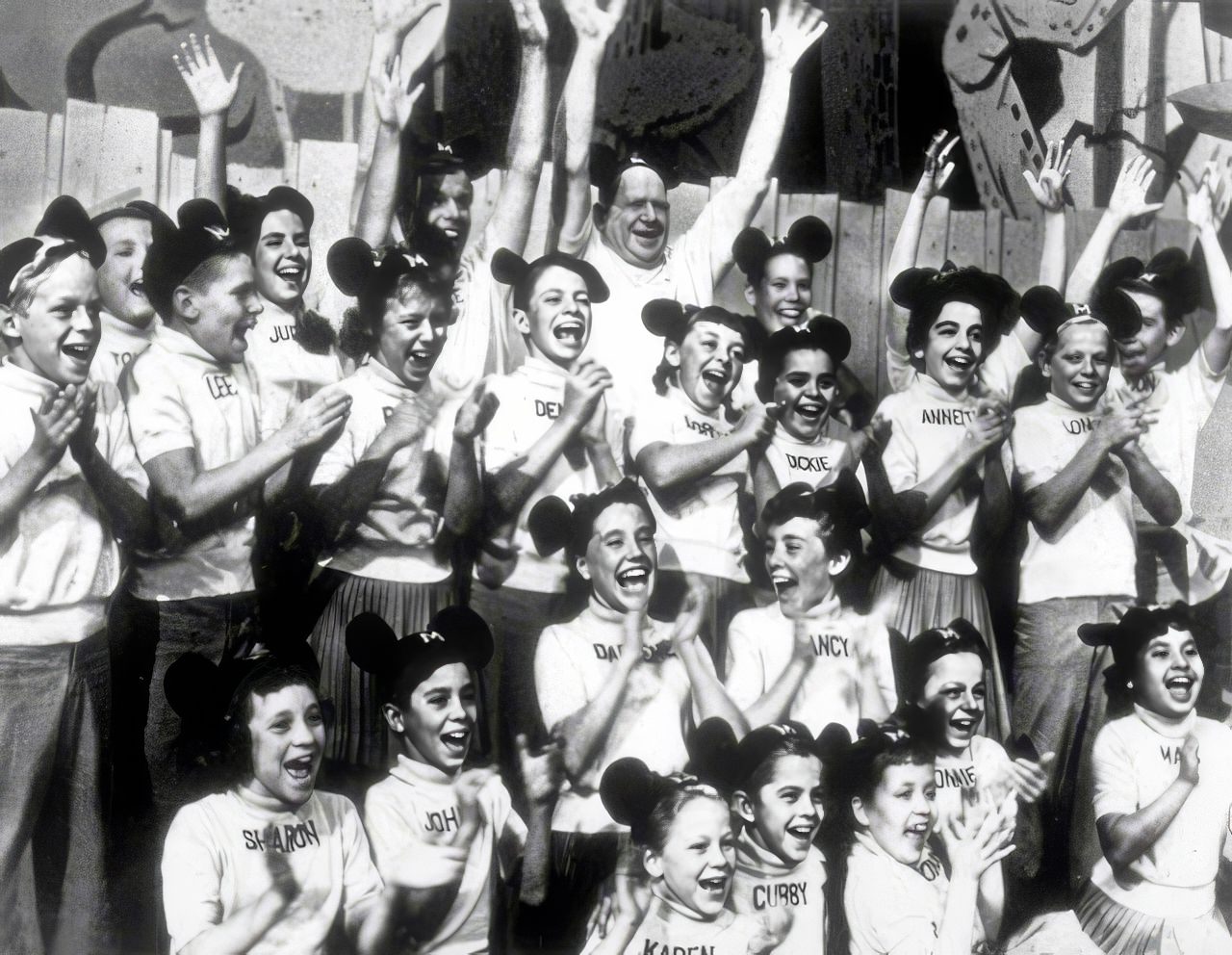
The Cultural Phenomenon
Airing Monday through Friday between 5:00 and 6:00 p.m., the Mickey Mouse Club quickly became one of the major crazes of the 1950s. The show was structured into four ritualistic segments, starting with a daily animated lead-in from Mickey Mouse himself, followed by newsreels on global subjects of interest to children, a series of safety/health films, or similarly instructive features moderated by Jiminy Cricket. This format, coupled with the infectious enthusiasm of the Mouseketeers, made the show a staple of children’s television and a beloved after-school ritual for an entire generation.
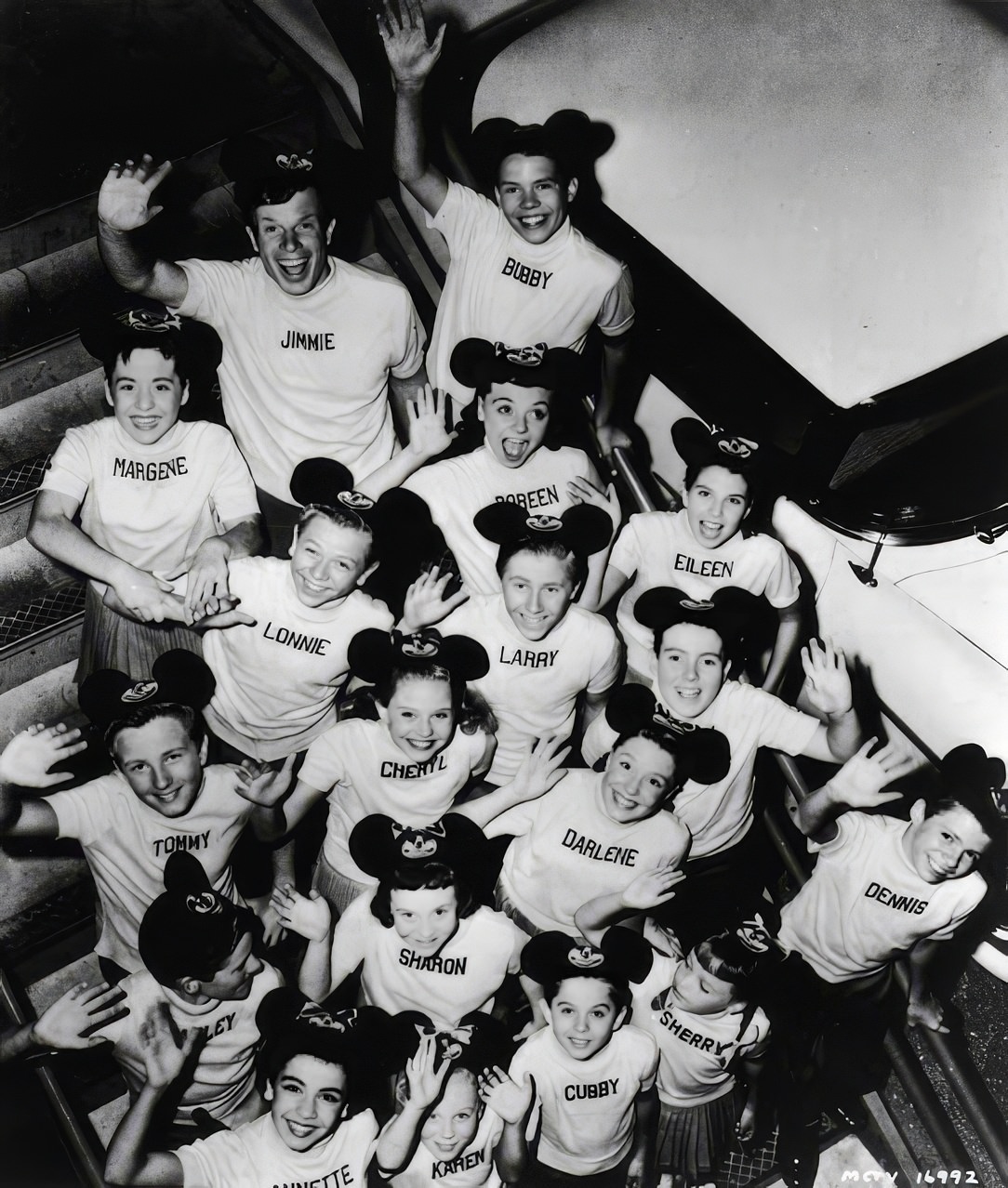
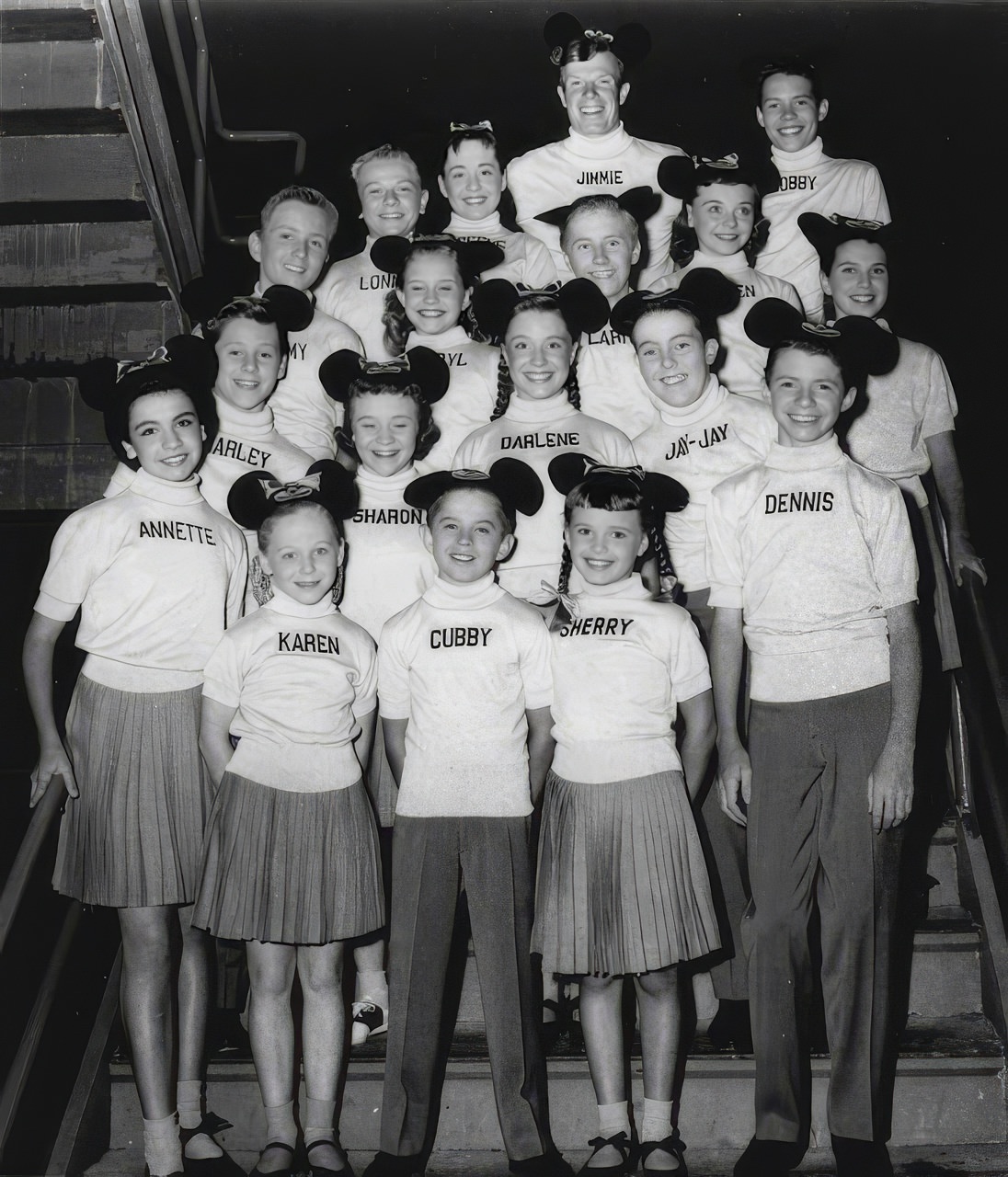
The Merry Mouseketeers
The Mouseketeers themselves were divided into two groups: the “Red Team” of the ten most showcased performers and the larger, second-string “Blue Team.” Among these, Annette Funicello and Bobby Burgess emerged as the most adored and successful. Funicello achieved Club-era adulation that transcended into a brief recording and screen career before she retired into domestic life. Burgess, on the other hand, became known for his stint as a dancing fixture on the Lawrence Welk Show.
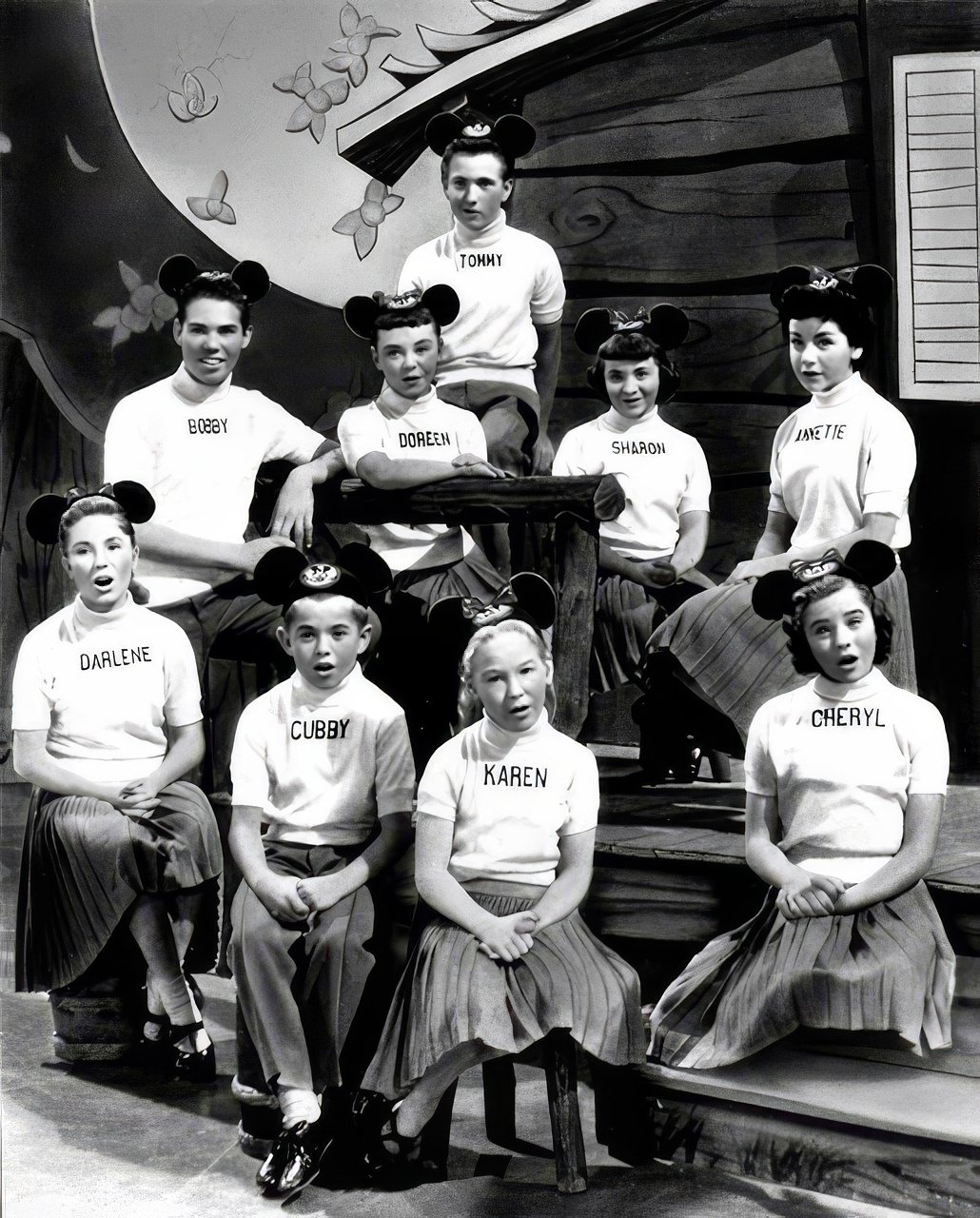
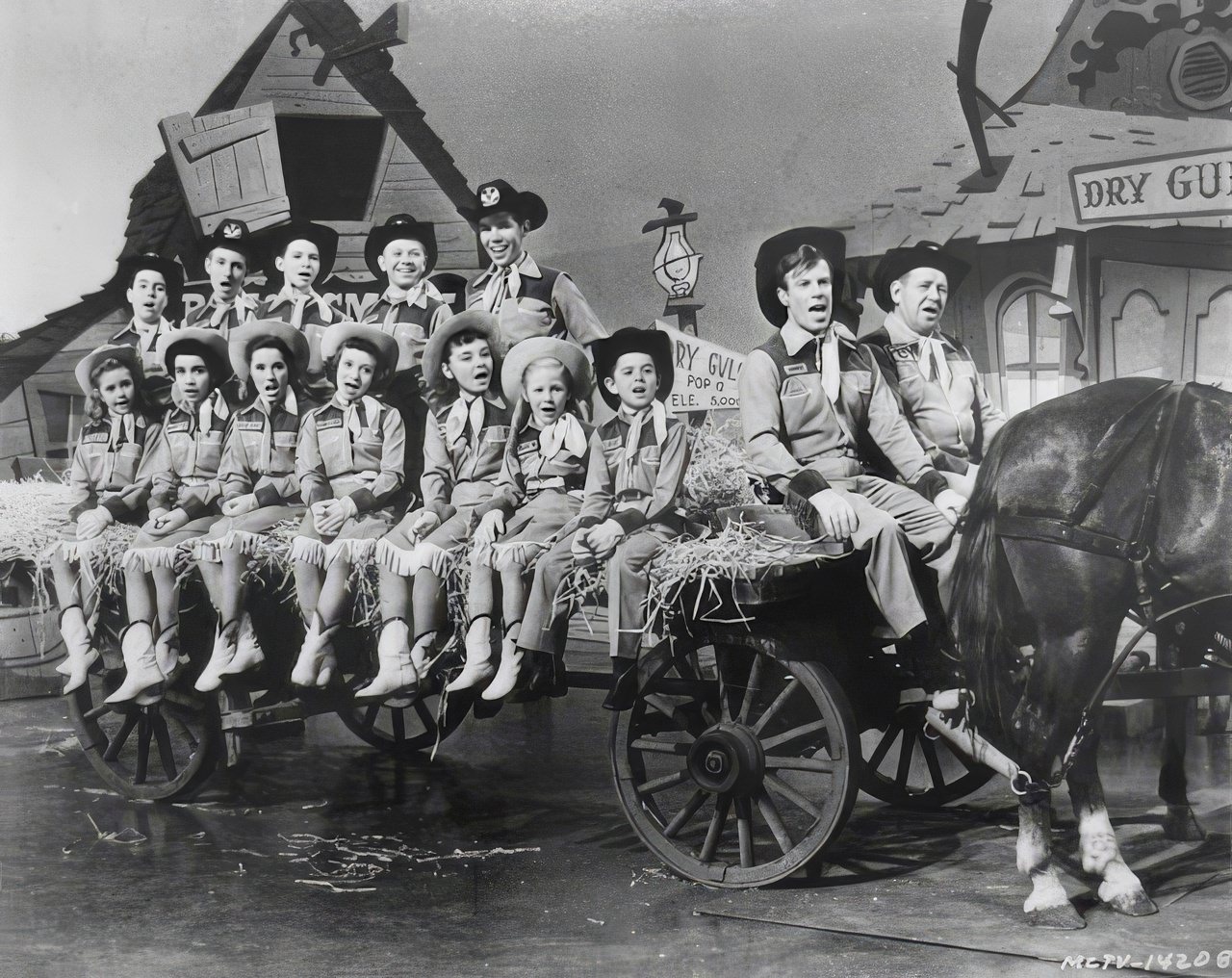
The adult regulars on the Mickey Mouse Club were Jimmie Dodd and Roy Williams. Dodd served as the moderator and was the creative mind behind many of the show’s songs. Williams, a Disney artist, contributed through his caricatures and quick-sketch drawings, adding a visual flair that complemented the musical and dance performances of the Mouseketeers.
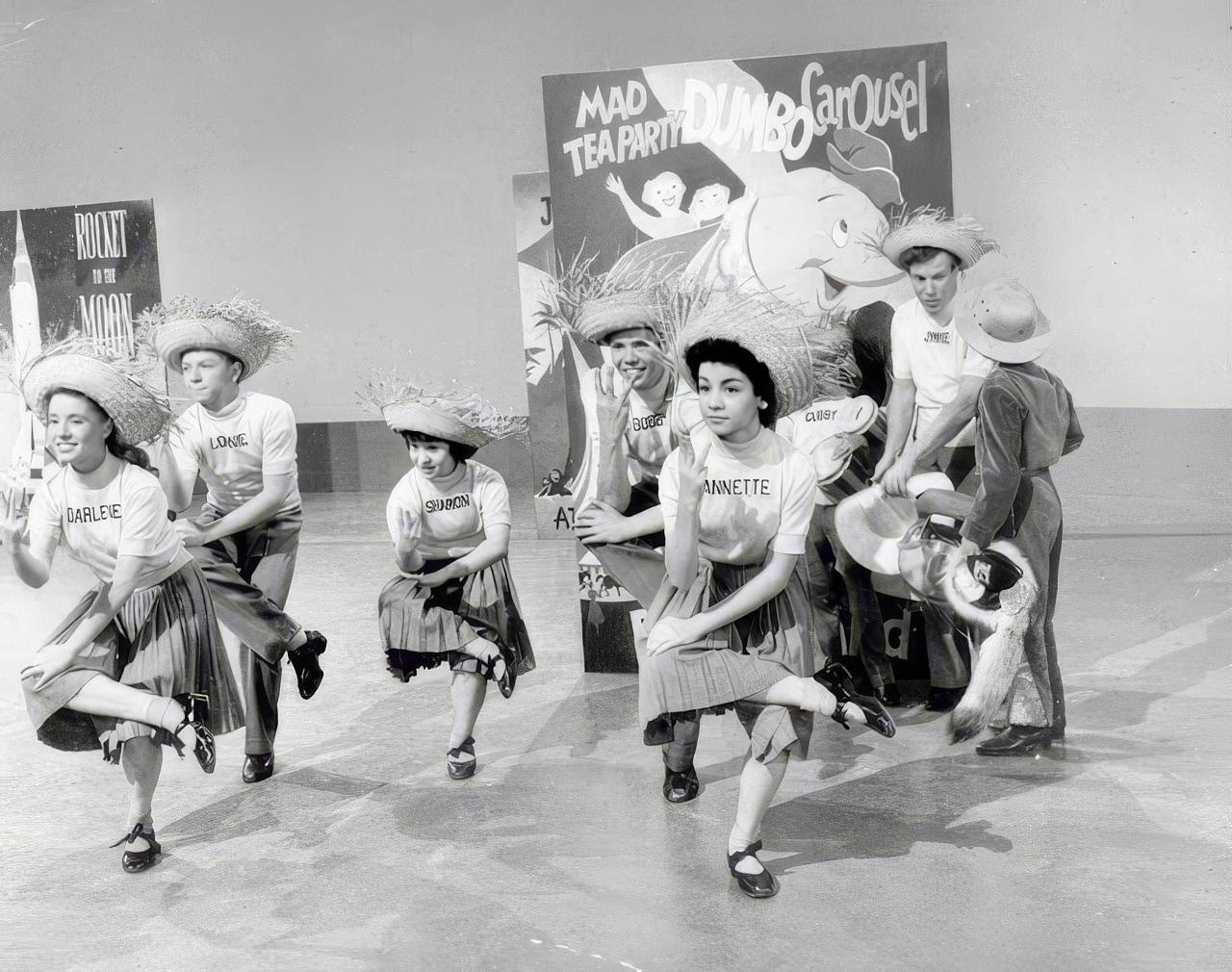
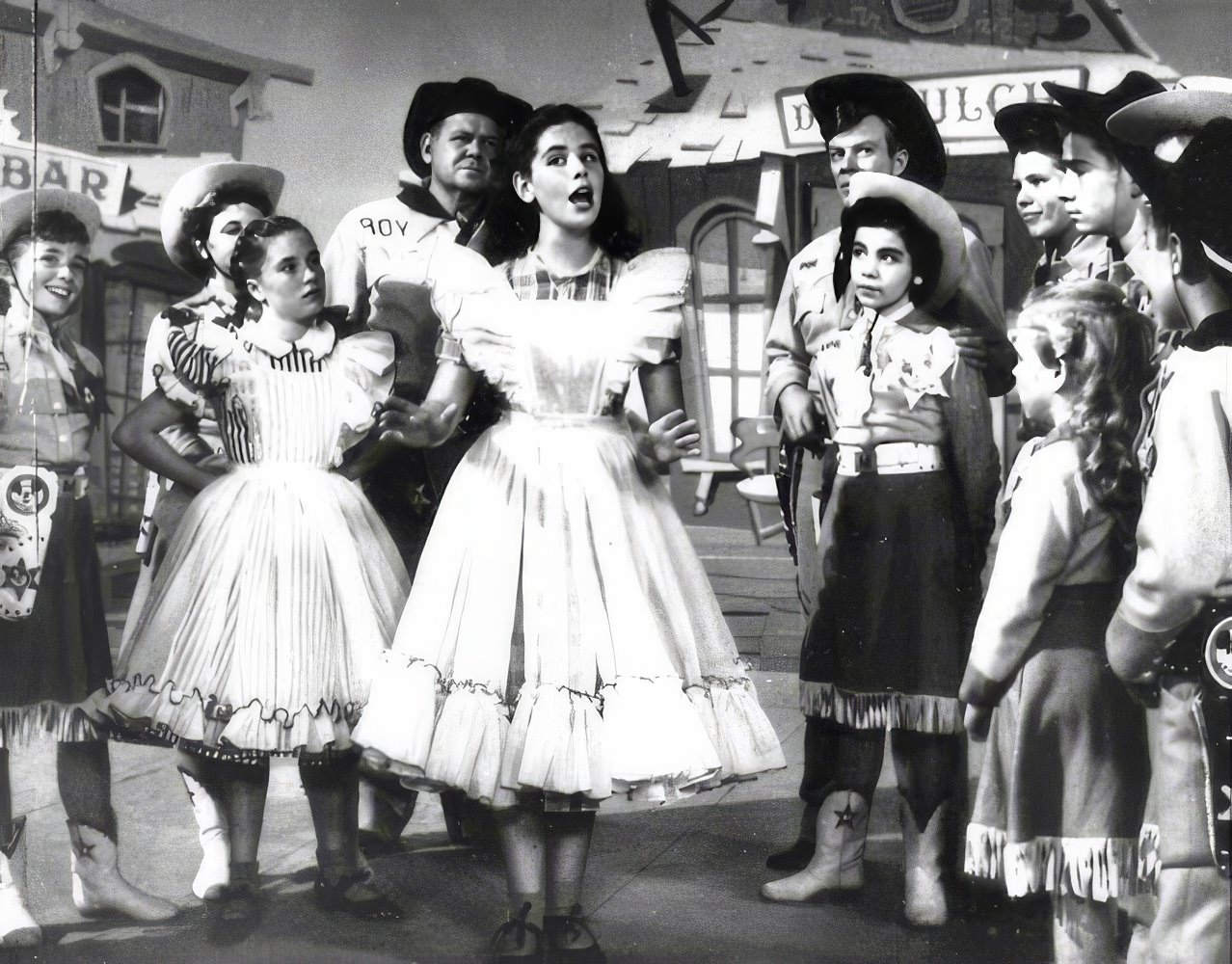
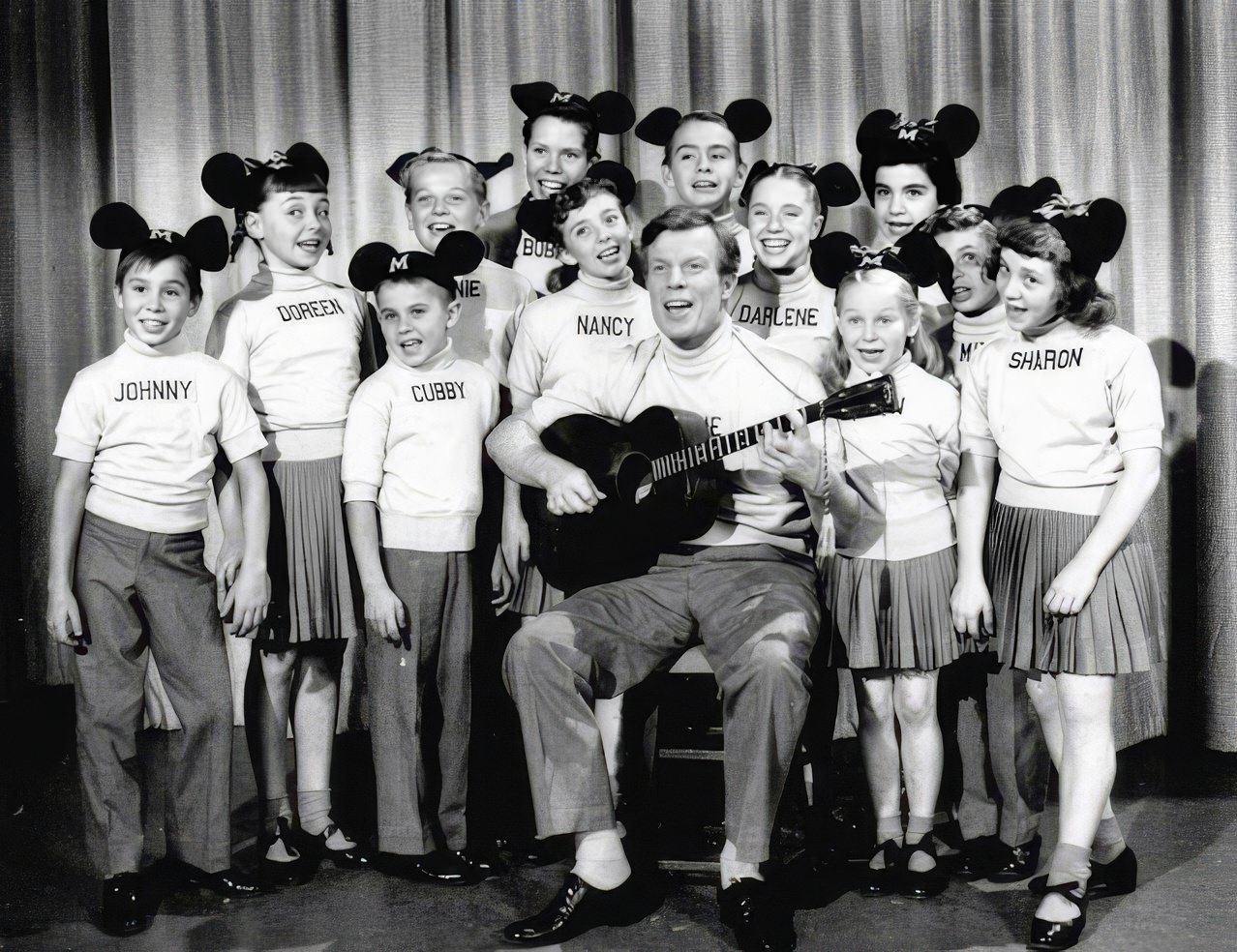
Sporting black beanies topped with round mouse ears, the Mouseketeers not only entertained but also became symbols of a cheerful, wholesome American youth. The show’s format, with its mix of entertainment and education, reflected Disney’s vision of creating content that was both fun and informative.


